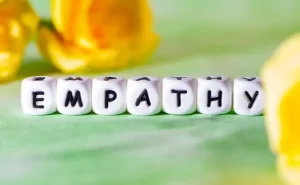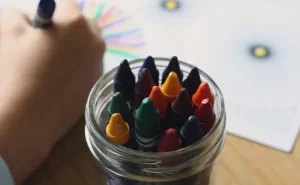Tantrum Triggers
Temper tantrums are typical in young toddlers. They might irritate and embarrass parents, but they are a regular development aspect.
Prevalent Tantrum Triggers
Frustration: When angry, youngsters may throw a tantrum to show their displeasure or disappointment. This might happen when they are unable to do something they want to do, are told no, or feel overwhelmed.
Tiredness: Children are more inclined to have tantrums when they are fatigued. This is because they need more patience and are more readily frustrated. Hungry children are more likely to have tantrums. This is because they are not feeling well and cannot think straight.
Boredom: When children are bored, they may act out to seek attention. This can result in tantrums.
Sensory overload: When children are overwhelmed by their surroundings, they may throw tantrums. This can happen when they are in a noisy or busy environment or exposed to bright lights or flashing visuals.
Developmental delay: Children with developmental delays may have more difficulty communicating their needs and emotions. This can result in tantrums as they try to express themselves.
Tantrums can indicate an underlying medical problem, such as autism spectrum disease, attention deficit hyperactivity disorder (ADHD), or anxiety disorder.
They recognize that not all triggered outbursts are crucial. A mixture of circumstances can induce tantrums.
You must consult with your pediatrician if your kid has frequent or severe tantrums. They can assist you in determining the reason for the outbursts and developing a plan to handle them.
Several Suggestions for Dealing with Tantrums
Maintain your calm: Maintaining your cool when your child throws a tantrum is critical. Getting angry or outraged can exacerbate the temper.
Avoid giving in to the child’s demands: If you give in to their requests during a tantrum, they will learn that tantrums are an efficient method to achieve what they want.
Distract or redirect the child’s attention: Distracting or turning the child’s attention may help end the tantrum.
Offer the child a hug or other physical comfort: A hug or additional physical comfort may help calm the child down.
Talk to the child about their feelings: Once the youngster has calmed down, talk to them. This will teach children how to express their feelings healthily.
Create limits and consequences for bad behavior: Creating boundaries and products for bad behavior is critical. This will teach the child that tantrums are not acceptable. If you’ve tried all of these suggestions and your child is still having frequent or severe tantrums, it’s time to seek professional help. A therapist can assist you and your child develop skills for dealing with tantrums.
Remember that temper tantrums are a typical part of a child’s growth. You can teach your child how to manage their emotions healthily by being patient and understanding.
Tips for Dealing with Tantrums
Be consistent: If you give in to a tantrum just once, the child will learn that tantrums are an efficient method to achieve what they want. Maintain your discipline, and don’t give in to outbursts, even if difficult.
Don’t take it personally: it’s not about you but the child’s frustration. Avoid taking the tantrum personally and refrain from yelling or becoming enraged.
Identify the triggers: Once you know what’s triggering the tantrums, you may start avoiding them or dealing with them differently.
Be patient: Teaching a child how to manage their emotions takes time and patience. Expect the outbursts to continue for a while.
You can teach your child how to manage their emotions healthily by being patient and understanding.













